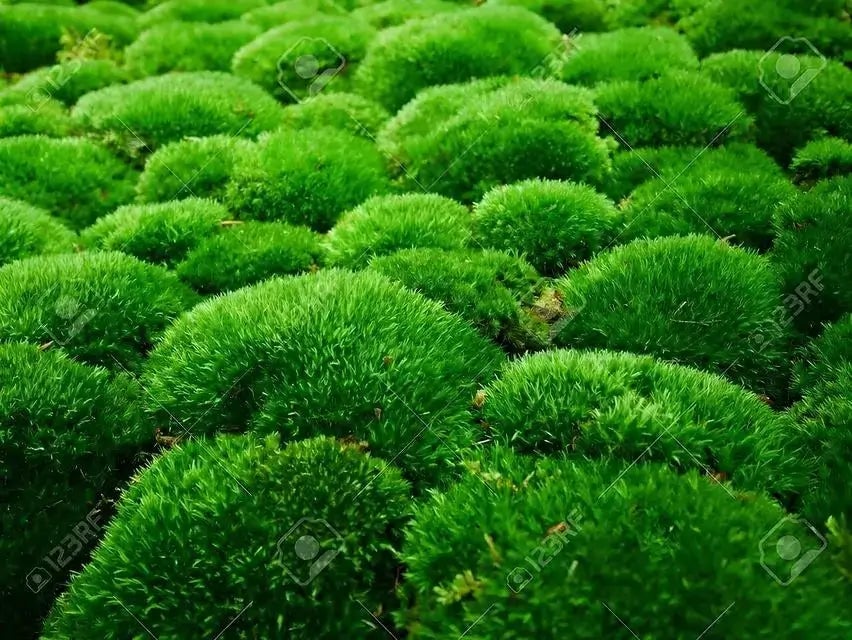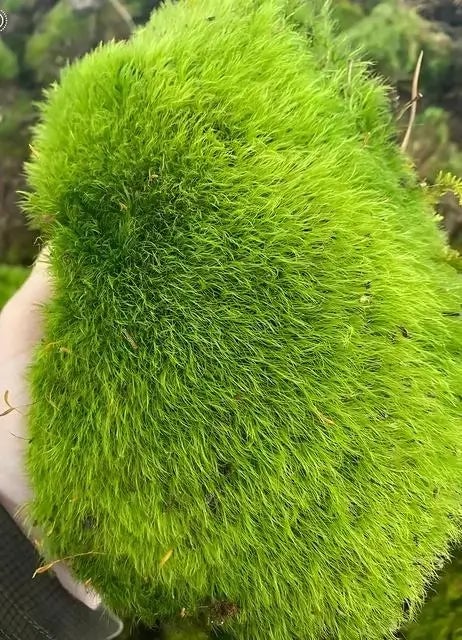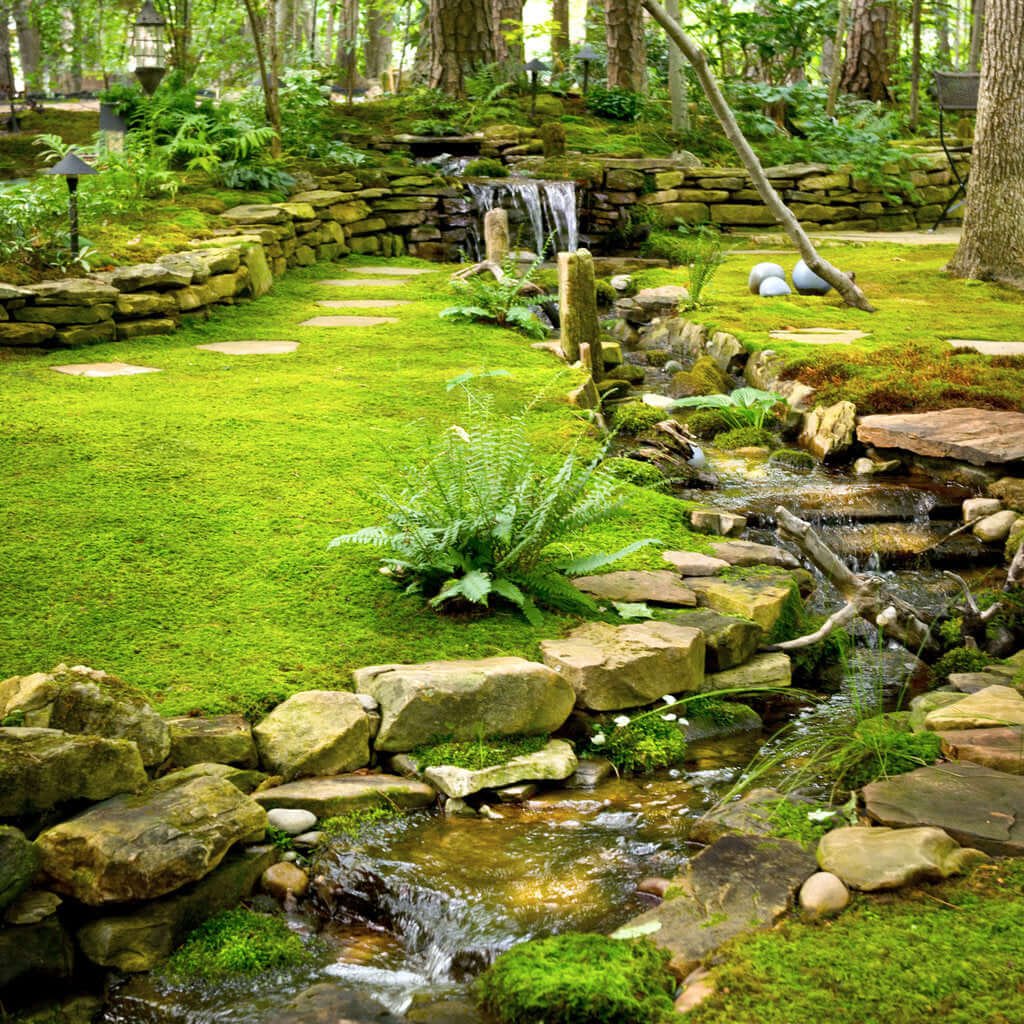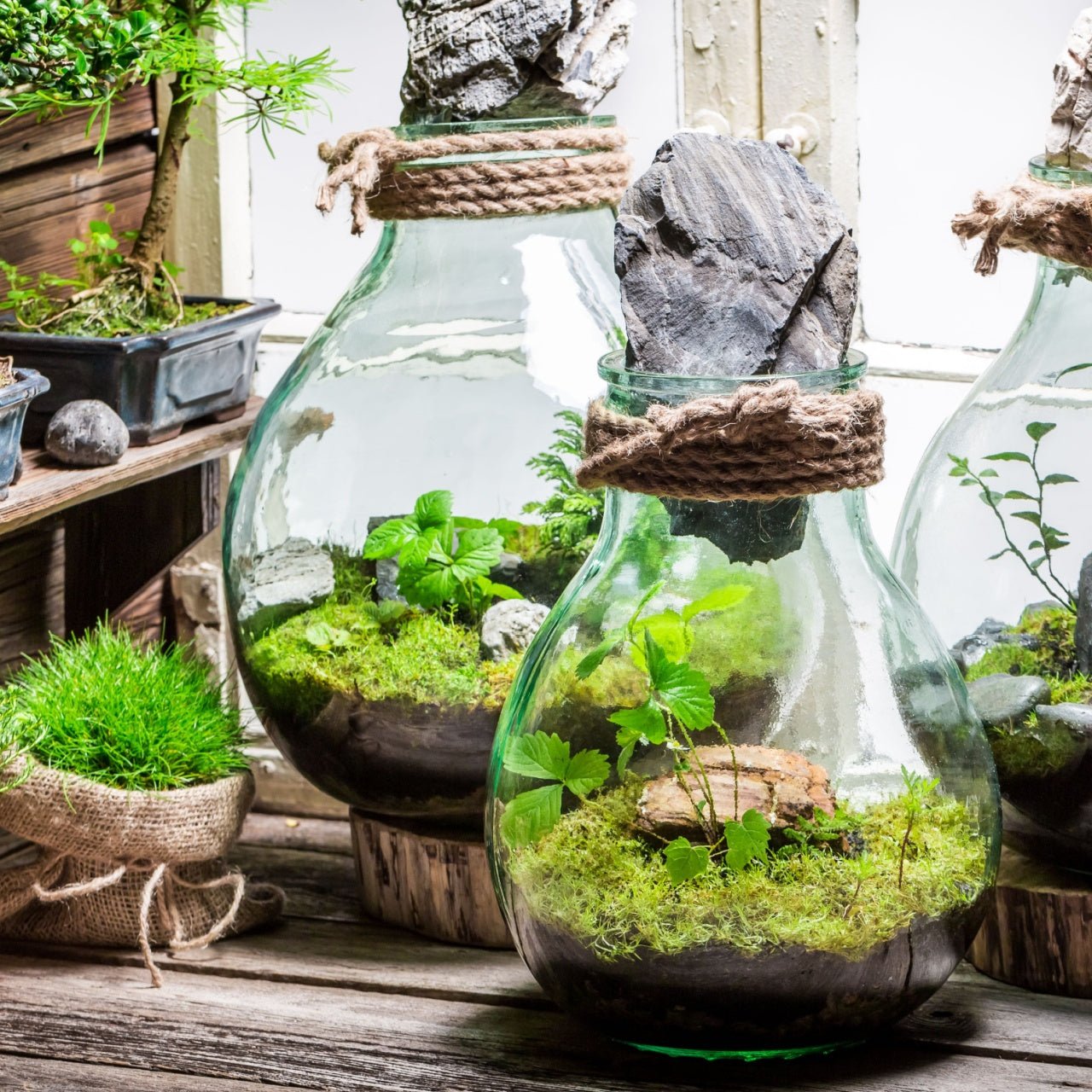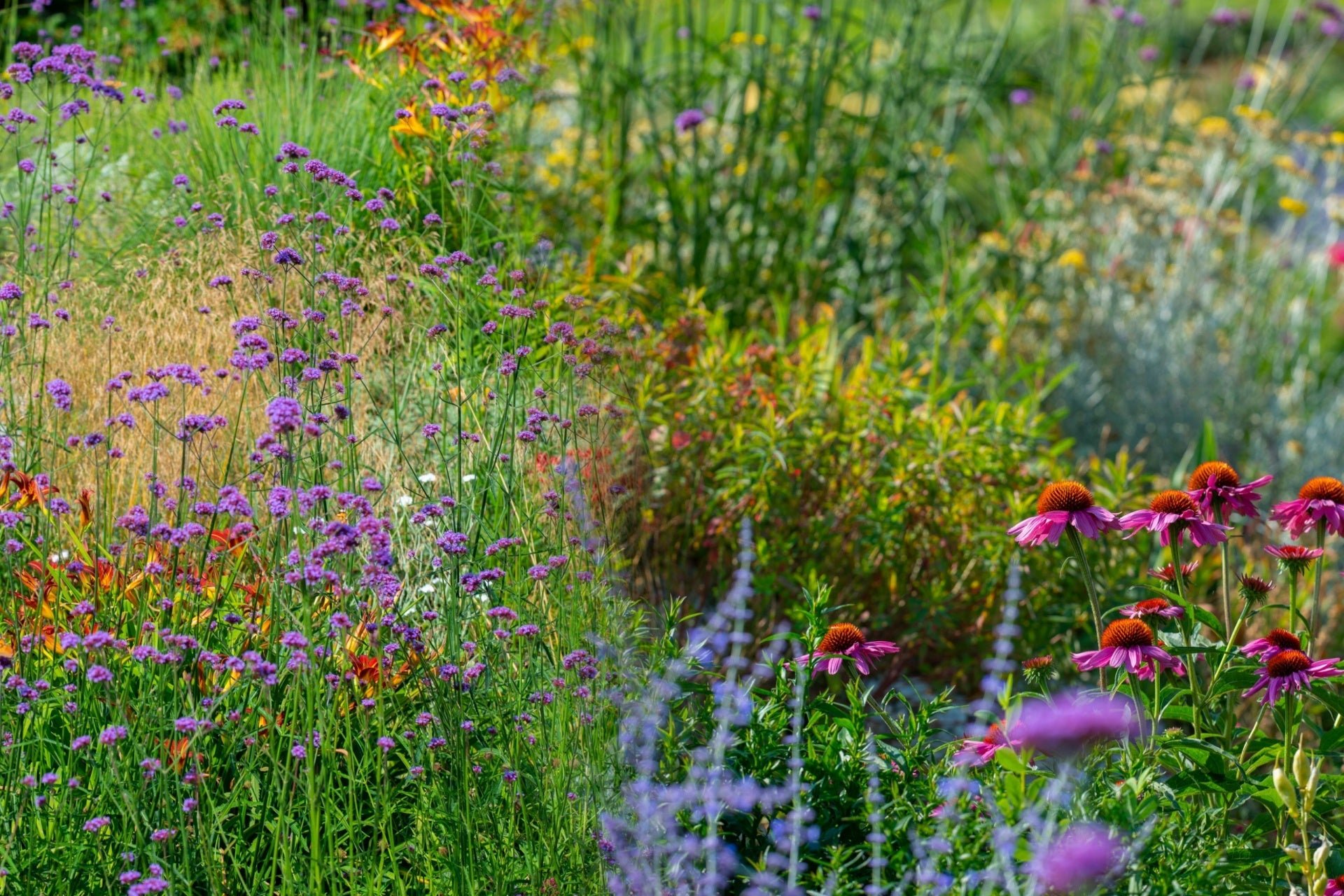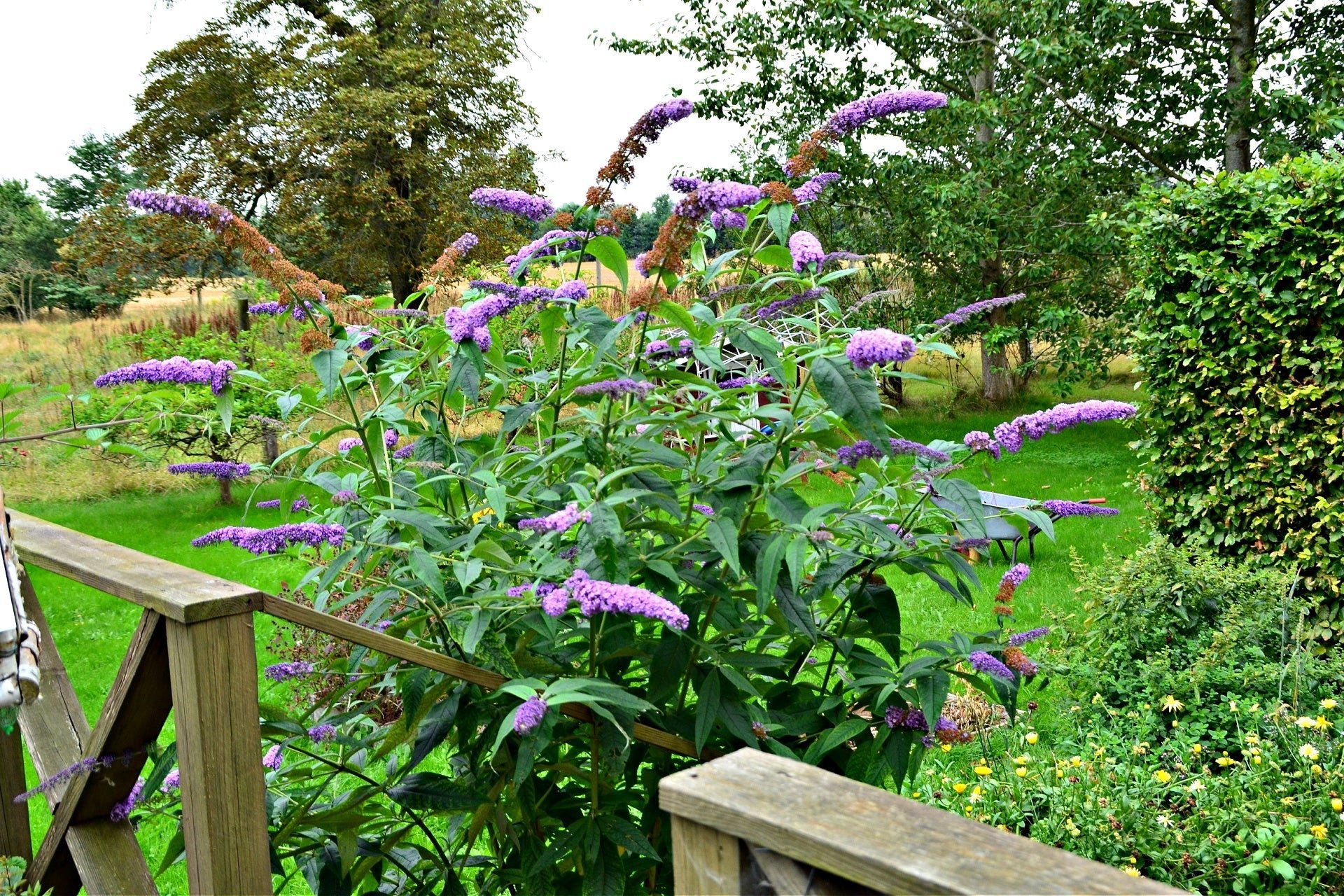Making Magic with Moss Gardening
Moss is certainly having its moment in the mainstream, with preserved moss frames and moss walls being added to Pinterest boards and made to decorate walls often. Just the other day I found somebody online who has moss frame making parties!
For me, just seeing moss has the ability to make me think of the divine, deep forests like the ones I grew up exploring. When I see moss, I think of the sunlight filtering through the tall pines and spruces, the heady scent of moist earth and mushrooms poking their way through the soil, the excitement of getting closer to finally seeing the rushing waterfall.
In the woods I was always able to find peace. I would find a spot to sit here and there along the trail, on a fallen log or large boulder, resting and enjoying the natural world around me... and often feeling that oh so familiar soft squish of the moss under my fingers.
I'm here to tell you that moss is an ancient plant that has a very calming presence, and it can be used to create your own moment of peace. Moss will earn its place in your garden because not only is it green and lush, but it is incredibly hardy and requires very little maintenance after it becomes established. Stay with me and keep reading to see how to create a moss garden, some mosses you can use, and design ideas.
Why Create a Moss Garden?
Moss is a great plant for gardeners that want to just enjoy their plants without the hassle of taking care of them. One of the great qualities of moss is that it does not require you to mow like grass or fertilize or prune it. This is a perfect plant for a gardener who wants a low maintenance shade garden. When you are selecting the area for your moss garden, be sure that you are picking out a significantly shady and moist area.
A Bit of Moss Botany
What is happening inside these low growing plants? Unlike the standard vascular plants, mosses are nonvascular, meaning they do not function like standard plants when it comes to water.
Instead of the penetrating roots like those that annual or perennial herbaceous plants have, or woody trees; they have rhizoids that create a grip and hold the substrate, staying stable on soil, rocks, or logs.
Moss does not have xylem or phloem to carry water through the plant, and they do not have standard roots. Rather than traveling through the xylem or phloem tubes, water is absorbed directly from their environment.
Mosses do not produce flowers, but you will see with time how valuable this green groundcover is for your landscape.
Types of Moss and How to Plant Them
Unlike other plants, when you are planting moss, you want to be sure that you are selecting a location that does have compacted soil or stone so your moss can grip onto that substrate. With looser soil it is harder for the moss to grip, and it will dry out and decline.
There are two types of moss: acrocarpous moss, and pleurocarpous moss. Here are the main differences between these mosses.
Acrocarpous Mosses are characterized by being more upright while still being low growing. They prefer a drier environment compared to pleurocarpous moss and they are slower growing. You can grow these acrocarpous mosses on compacted soil.
One acrocarpous moss that you can grow in your landscape is the Cushion Moss . This is an excellent hardy groundcover. This is a dense moss that grows in little mounds or “cushions” that look soft to the touch.
Another acrocarpous moss that you will want in your garden is the feathery and lush Broom Forkmoss, which can be planted to have a beautifully textured and hardy groundcover. This moss is a great stabilizing groundcover that helps control soil erosion.
The Pleurocarpous Mosses are low spreading and are more moisture loving. They are fast growing compared to their acrocarpous counterparts, and they have quicker regenerative growth.
One pleurocarpous moss that you will want in your yard or garden is the Sheet Moss. Grow this Sheet Moss to have a low growing, green “sheet” on your garden floor. Sheet Moss is a great plant choice for those difficult areas of your garden. This moss will easily create a hardy carpet that can be walked on.
Whether you choose an acrocarpous moss or one that is pleurocarpous, you will no doubt be absolutely pleased with your results!
Where to Plant Moss for Your Garden
Not only are these mosses beautiful, but they are incredibly hardy and resilient, too.
A Serene Place: You can plant your moss with ferns, stones, and water features to evoke a place of Zen.
Paths: Plant the moss between the pavers of your garden paths for an added cottage garden flair.
Bringing Moss Indoors: You can also use varieties of different moss in your own fairy garden outdoors, or in your indoor Terrarium to create a small office oasis. The terrarium kit includes everything you could need, including turkey tails, moss, rocks and lichens – just be sure to get your vessel ahead of time.
How to Plant Moss in Your Landscape
Prep: You should prep your planting area ahead of time by raking out any debris and weeding out any plants that will compete for resources in the soil. You want a clean area to establish your moss properly.
Planting: Press your moss into the soil or onto the rock and be sure to mist and water it frequently to help it establish.
Watering: While you are getting your moss established, be sure that you do not allow it to dry out but avoid having it become waterlogged. To have a cleaner look, remove any fallen leaves or debris that settles onto the surface of your moss.
Common Issues when Growing Moss
Sometimes moss will begin to get dry, turn yellow, or seem shriveled. Keep reading for some troubleshooting and solutions to these common issues.
Too soft: One common issue is planting moss wherever you would plant a regular herbaceous or woody plant. You should avoid planting your moss in locations that are not compacted – unlike other plants that need soil that is not compacted, moss needs to be planted in those compacted areas to grow successfully, as they “grip” onto their substrate. You can make your soil more compacted before planting.
Too much sun: Give your moss plenty of shade. Moss does not like to be in direct sunlight. Make sure to use the shade of trees with your moss garden or use other structures to give shade.
Too dry: One of the most common issues is not keeping the moss moist enough when it is becoming established. Mist frequently or water often without letting it become waterlogged.
When you plant moss, you give your garden a place of relaxation. Moss is not just a pretty sight for your eyes - this is a quietly powerful and resilient plant that is able to process environmental toxins and pollutants, and stabilizes soil. Let us know how your moss garden grows!



